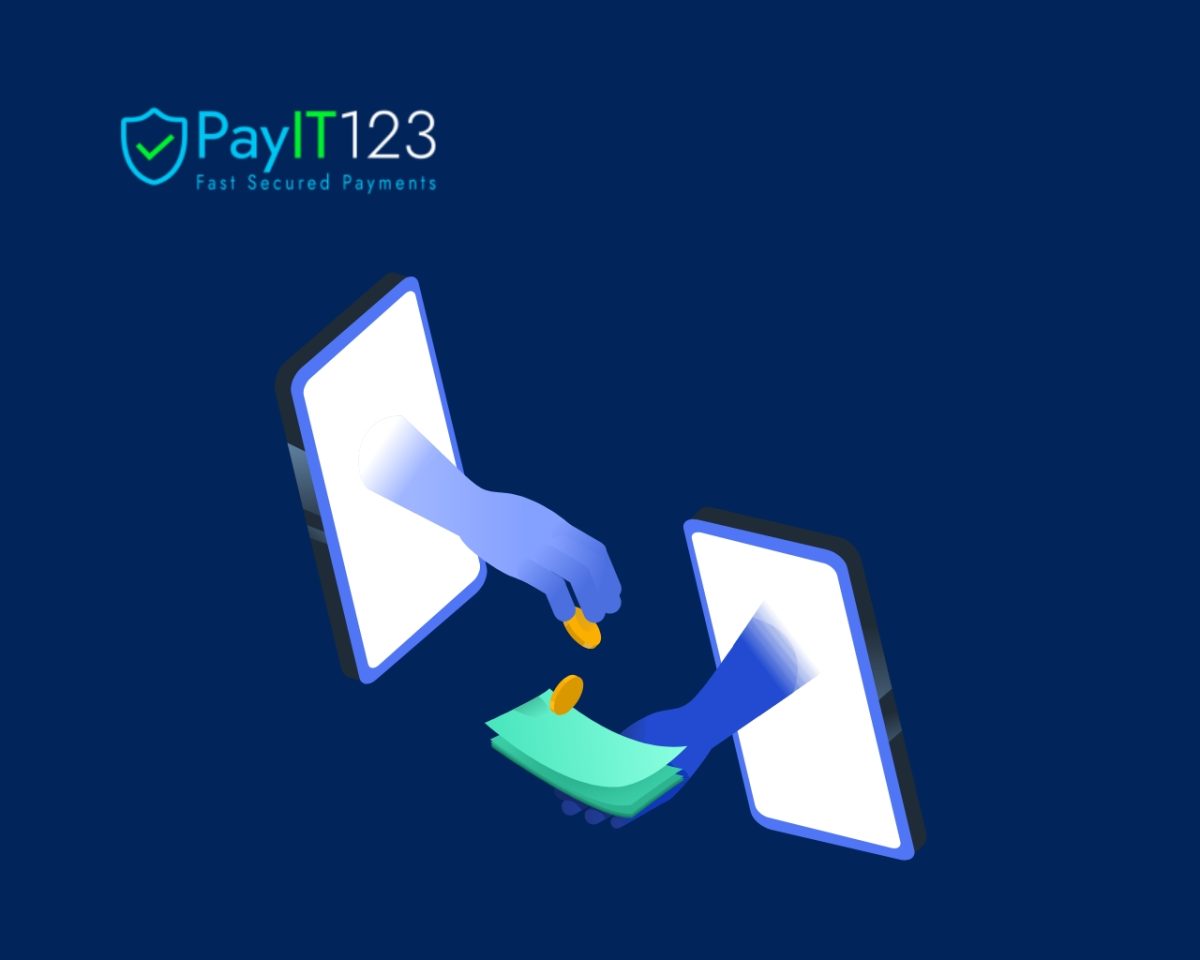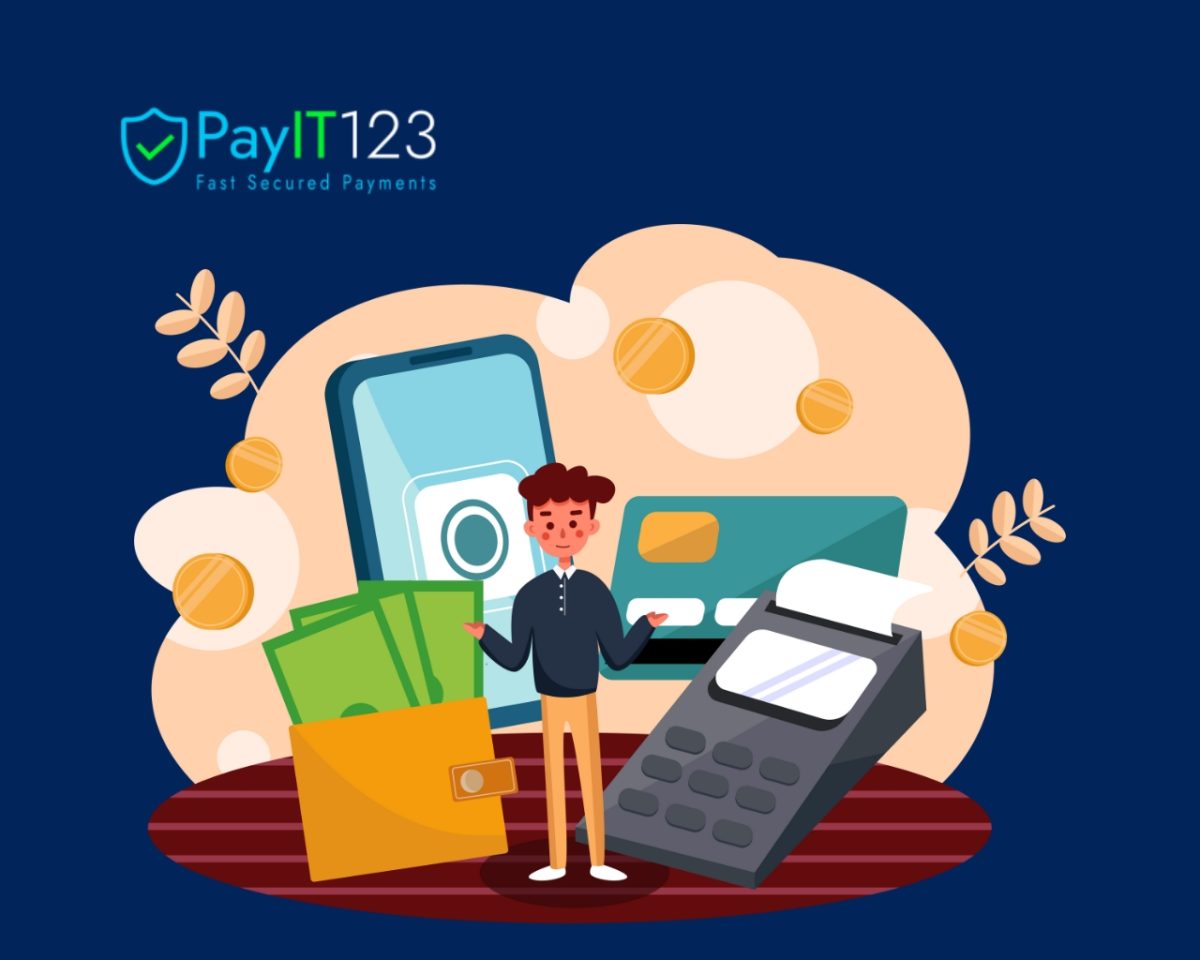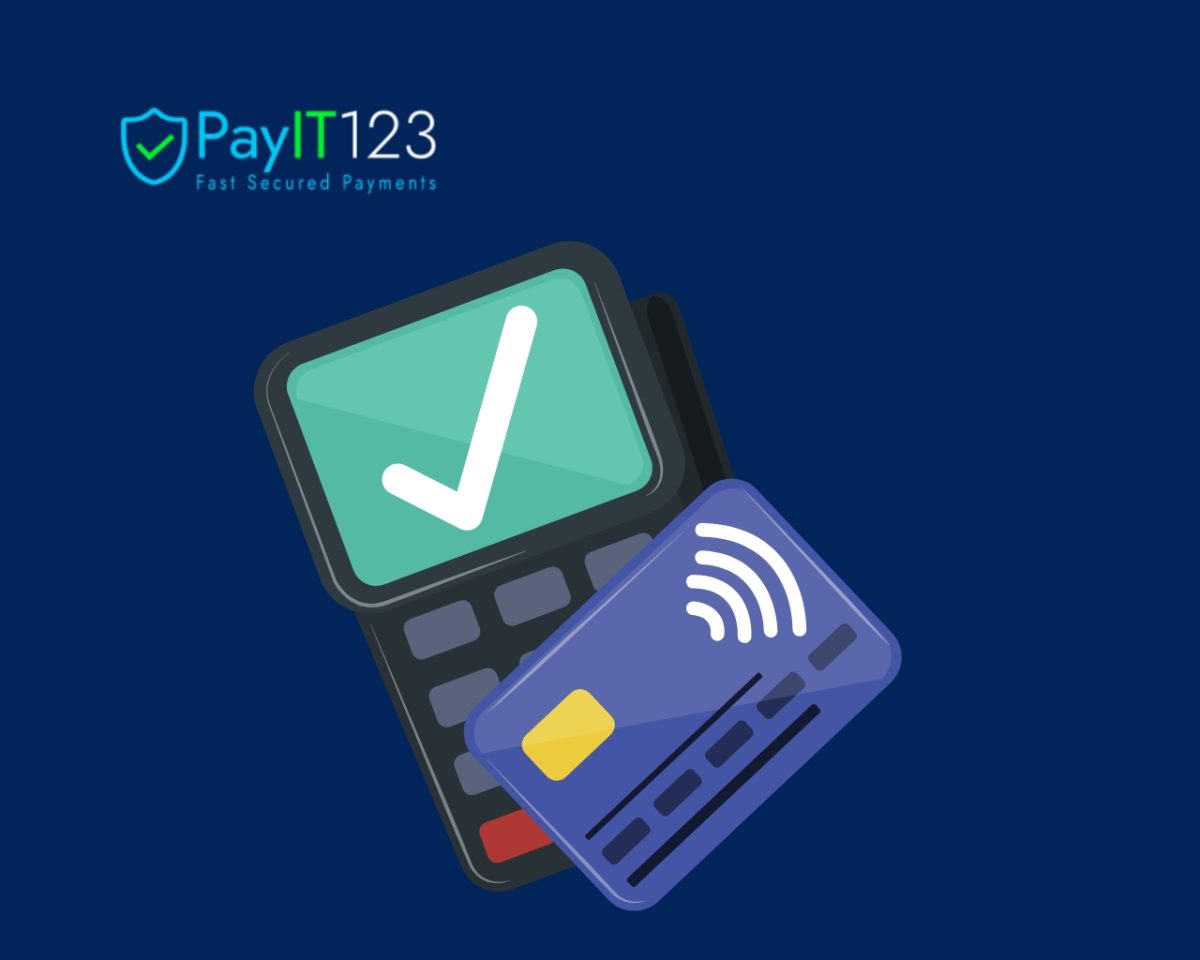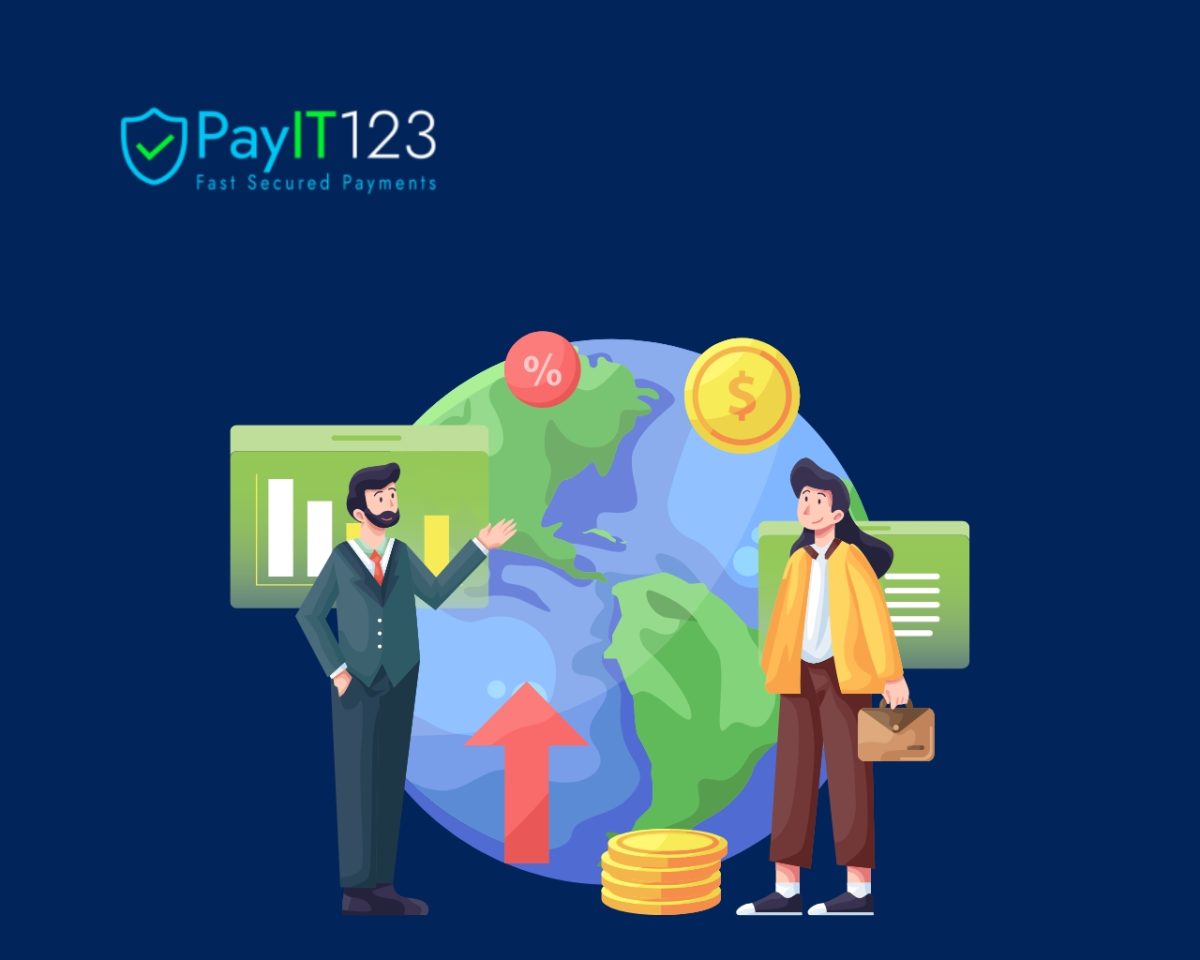Introduction
Trust is the cornerstone of any successful business in today’s digital world. Whether you’re an e-commerce store, a subscription service, or a digital platform, earning and maintaining customer trust is crucial for long-term success. Secure payment processing is one of the most effective ways to build trust. Customers must feel confident that their sensitive financial information is protected when transacting on your platform. By ensuring secure payments, businesses can create a safe shopping experience, foster customer loyalty, and boost sales.
Here’s how securing payment transactions helps build trust with your customers.
- Protecting Sensitive Customer Information
The primary concern for any customer when making an online payment is the security of their personal and financial information. By implementing secure payment systems, businesses can protect sensitive data such as credit card numbers, billing addresses, and personal identifiers from potential breaches or fraud. Encryption technologies like SSL (Secure Sockets Layer) and TLS (Transport Layer Security) are essential in safeguarding this data during transactions.
Why it matters:
Customer confidence: When customers know their information is encrypted and protected, they feel more secure when completing purchases.
Avoiding data breaches: Data breaches can severely damage your reputation and lead to financial losses. Securing payment systems minimizes the risk of such incidents. - Ensuring PCI Compliance
To process payments securely, businesses must adhere to PCI-DSS (Payment Card Industry Data Security Standard) guidelines, which set the standards for handling credit card information. By ensuring PCI compliance, businesses reassure customers that trusted, secure systems are processing their payment data.
Why it matters:
Regulatory compliance: Being PCI-compliant helps businesses avoid penalties and legal consequences associated with non-compliance.
Increased trust: Displaying PCI compliance badges on your website signals to customers that you take their security seriously, which builds confidence in your brand. - Offering Secure Payment Gateways
A secure payment gateway is the intermediary between the customer’s bank and your business. Businesses can ensure smooth and safe transactions by using reputable, secure payment processors such as PayPal, Stripe, or Square. These gateways use advanced security measures like fraud prevention tools, 2FA (Two-Factor Authentication), and tokenization to prevent unauthorized transactions.
Why it matters:
Risk reduction: Secure payment gateways help prevent fraud, chargebacks, and other financial crimes, giving businesses and customers peace of mind.
Streamlined experience: Customers want fast, hassle-free transactions. A secure and reliable payment gateway ensures quick and safe checkouts, improving customer satisfaction. - Transparent Payment Processes
Transparency in payment processes is a significant trust-building factor. Customers should clearly understand how their payments are being processed, what fees they might incur, and how their data is being used. Clear communication about your security practices and offering multiple trusted payment options help customers feel more comfortable with their purchase decisions.
Why it matters:
Clarity and honesty: Transparency eliminates uncertainty and demonstrates your trust in your customers.
Reducing anxiety: Clear payment terms and upfront security guarantees reduce customer anxiety about fraud and hidden charges. - Building Long-Term Loyalty
Customers who feel their personal information is safe with your business are more likely to return. A secure and smooth payment process contributes to a positive overall experience that fosters customer loyalty. Customers who trust the security measures in place are more likely to recommend your business to others and continue using your services.
Why it matters:
Customer retention: Trust leads to repeat business, as customers who feel secure in their transactions are more likely to return.
Word-of-mouth marketing: Satisfied, loyal customers become brand advocates who promote your business to friends and family, further building trust within your community.
Conclusion
Building trust with your customers is not just about delivering quality products or services—it’s also about ensuring that their transactions are safe and secure. Businesses can create a trusted online environment that fosters long-term relationships by investing in secure payment systems, adhering to compliance standards, using reliable payment gateways, and being transparent with customers. In turn, this trust translates into increased customer loyalty, better sales performance, and a solid reputation in the market.










